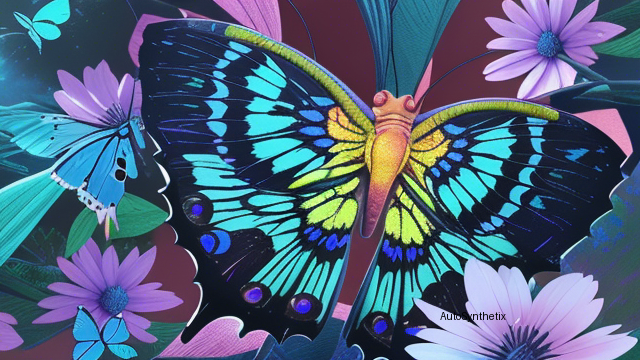In today's rapidly evolving technological landscape, artificial intelligence (AI) continues its persistent march towards innovation. A standout area within the expansive realm of AI development is 'generative' artificial intelligence – the ability to create new data points reflective of predetermined patterns without direct supervision. One captivating application garnering widespread interest lies at the intersection of unparalleled creativity and computational prowess: Image-to-Image translation. In this dynamic field, pioneering researchers constantly strive to push boundaries by integrating state-of-the-art algorithms. We shall delve deeper into one remarkable endeavor showcasing the potential of incorporating Kolmogorov-Arnold networks (KANs) into Generative Adversarial Networks (GANs)-based models for unsupervised Image-to-Image translations.
Authored by esteemed scholars from Florida International University's Knight Foundation School of Computing and Information Sciences, this groundbreaking exploration introduces us to the conceptual fusion termed "Kan Cut." Their primary objective revolves around illustrating how replacing traditional Multilayer Perceptron methods within generative AI systems with Kolmogorov-Arnold Network architectures significantly enhances performance, specifically in the realms of unmatched Image-to-Image translations.
To fully comprehend the significance of this innovative blend, let's first grasp some fundamental concepts underpinning these advanced neural network structures. At the heart of generative adversarial networks lie two major components: a generator generating synthetic samples, often referred to as 'data,' and a discriminator designed to differentiate between authentic ('real') data instances versus those synthesized by the former. These intertwining mechanisms drive a competitive yet harmonious equilibrium, fostered through iterated training sessions. As a result, the system honers its capacity to generate increasingly realistic outputs over time.
Concurrently, the current study emphasizes the pivotal role played by contrastive learning techniques in advancing generative capabilities. By comparing similarities among diverse datasets, contrastive approaches enable deepened understanding leading to improved predictive accuracy. To further enhance the efficiency of this process, the proposed solution merges the strengths of both Kolmogorov-Arnold Networks and contrastive loss functions within a revamped framework called CUT (Contrastive Unpaired Image-to-Image Translation). Herein arises Kan Cut, the progeny born out of seamlessly amalgamating the best aspects of previously established paradigms while opening up exciting avenues ripe for future exploratory investigations.
Extensively tested experimental trials elucidate the efficacy of the newly conceived strategy, demonstrating noteworthy improvements when compared against conventional multilayered perceptron implementations. Undoubtedly, this transformative integration propels the frontiers of knowledge in generatively driven imagery transformation tasks, encouraging a myriad of subsequent studies dedicated to unlocking even greater possibilities within the vast expanse of AI landscapes.
As we witness the continuous evolution of artificially intelligent solutions, the introduction of Kolomogrov-Arnold Networks into the intricate tapestry of GAN-driven image manipulation offers a testament to human ingenuity. With every breakthrough comes a step closer toward realizing the full creative potential concealed beneath the surface, waiting patiently to be deciphered and harnessed for the collective benefit of mankind.
References Sited After Introduction Remain Hidden due to Context Length Limitations.
Source arXiv: http://arxiv.org/abs/2408.08216v1
